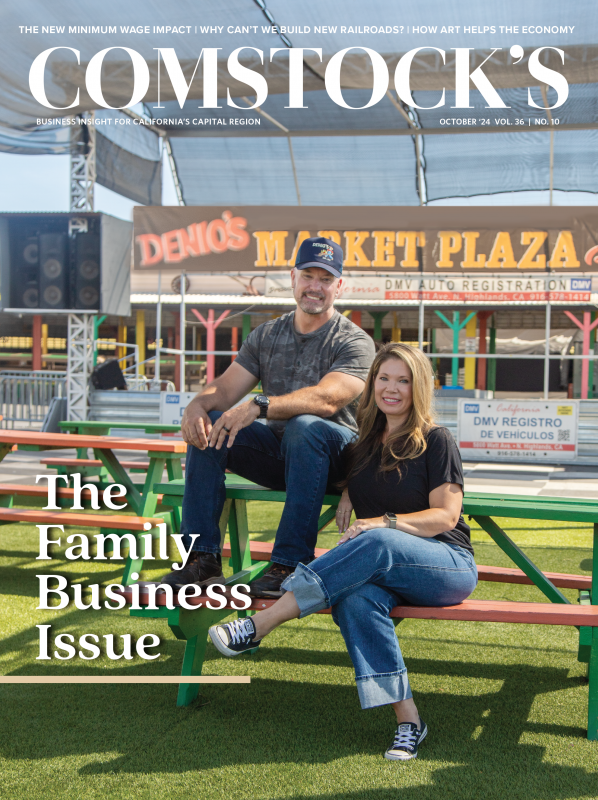If you want an immediate sense of how long Sacramento City College has been around, consider this: The United States entered into a World War the year after it was founded. The first World War.
Founded in 1916, Sac City, as it’s been affectionately known for more than a century, began life as part of Sacramento High School. The college was founded by Sacramento legend Belle Coolidge (1884-1955), the first woman mayor of Sacramento. In addition to founding the school, she was its first president (though she never used the title). Even so, in the school’s early years, when the college was housed at Sacramento High School, which was then at 18th and K streets (now at 2315 34th St., it’s become a charter rather than public school), she was its only administrator. Cooledge retired from the school after 31 years.
Albert Garcia has been president of Sac City for about a year-and-a-half and was its interim president for a year before that. But he’s hardly a newcomer to the institution: He taught there since 1991 (English, mainly), which led to his becoming dean of the Language and Literature department.
“I’ve been here more than half my life,” says Garcia, who’s 61. “I love the history of this college. It gives everything we do here a richer context. Don’t forget, for many years, as far as colleges in the area, we were it. Just as we began by being part of a high school campus” — in the early days, the campus was known as Sacramento Junior College — “Sacramento State started on this very campus in the late 1940s.”
When the COVID pandemic took over the country, roughly from 2020-2022, Garcia says that people would drive by the normally bustling campus in leafy Land Park, just down the street from the Sacramento Zoo, “and think we’d closed up shop, gone out of business.” This is when, he recalls, Sac City’s entire education model changed.
“Once the challenge of the epidemic eased, no one was in a hurry to go back to the way things were,” he recalls. Today, most of the school’s administration and the majority of its classes are conducted remotely. “Our students have grown accustomed to learning from home,” he says, “but we still have in-person learning for hard science, including nursing, chemistry and biology.”
Hughes Stadium, built in 1928, has hosted everything from
football and soccer games to rock concerts and track meets.
Courtesy photo from Sacramento City College

From its inception, Sac City was all about diversity. The school’s first graduating class consisted of only women. “Our diversity is in every area you can think of,” Garcia says, citing the school’s ethnic and racial admixture. “Thirty-two percent of our students are Latino, 10 percent are Black Americans, and we have huge numbers of Pacific Islanders” and other cultures.
From an initial enrollment of 46 students in 1916 (with 16 part-time instructors), Sac City now has approximately 20,000 students a year, Garcia says, 312 full-time faculty and 295 part-time (adjunct) faculty.
“That number can vary semester to semester depending on how many classes we’re offering, last-minute hiring, and so forth,” he says. “Also, we have 276 classified employees and 30 administrators working at the college.”
As for student numbers, Garcia says, “We did hit a higher peak — 27,000 — during the Great American Recession from about 2008 to 2009. Then we went way down. Now we’re on our way back up.”
Famous alumni include Herb Caen, San Francisco Chronicle columnist; Jessica Chastain, Academy Award-winning actress; Tani Cantil-Sakauye, 28th Chief Justice of California; and Sherwood “Shakey” Johnson, founder of Shakey’s pizza chain.
“I also want mentioned the internationally famous writer, Joan Didion, whom the college is now celebrating by renaming our Learning Resource Center as the Joan Didion Learning Resource Center in recognition of a major gift from the Didion family and the Sacramento Historical Society,” says Garcia, noting the $500,000 gift. Didion was a student at SCC before going to UC Berkeley.
Among the newer offerings at the school are curricula dealing with the teaching of ethnic studies (“It’s a brand-new department,” Garcia says with evident pride) and optical technology. “That isn’t the same as optometry or ophthalmology,” he clarifies. “It’s about making and fitting glasses and contact lenses.” Asked why this is suddenly a “thing,” Garcia laughs. “It’s a thing because there are lots of jobs in that field,” he says, “and we want our students to gain real employable skills here, even after they head to a four-year college.”
Sac City teaches courses in airline repair and air traffic control at McClellan Business Park, the former U.S. Air Force base. During World War II, the college proved to be a major hub for pilot training (at the base) and tent-housing for soldiers (on the campus). The college has three sites in all: its main headquarters at 3835 Freeport Blvd. as well as satellites in West Sacramento at 1115 West Capitol Ave., and on the campus of UC Davis.
It also has an enduring connection with the arts. In addition to a variety of courses, Sac City is home of the late painter Gregory Kondos’ eponymous gallery, which he established there in the 1970s and ran for many years.
Garcia is a published poet of three books, his most recent being “A Meal Like That.” He and his wife, Teresa Steinbach-Garcia, a painter, live on a one-acre plot in Wilton where they grow fruit and Spanish varietal wine grapes. The couple has three grown children: Anna, an English teacher; Michael, a viticulturist; and Ben, a college student in San Francisco.
“What I’d like to have the college seen as, once again, is a vital community asset,” says Garcia. “The pandemic robbed us of some of that luster. We’re working to get it back.”
Do you know of any unique history, events, people or places for us to share in The Back Story? Email us at editorial@comstocksmag.com.
Recommended For You
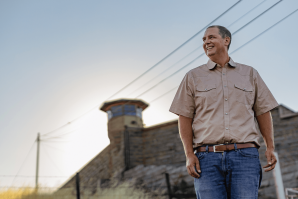
The Violent, Bloody Folsom Prison Escape of 1903
New book details a dark time in the prison’s history
The prisoners made makeshift knives, or shivs, and used stolen razors during their siege. One prison guard died, and two were injured.
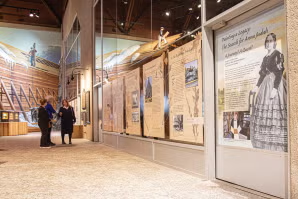
Anna Judah: Far More Than Theodore Judah’s Victorian Housewife
Through her artistry, she brought the transcontinental railroad to life — before it was built
You wouldn’t know that a tragic love story led to the railroad that connected the East and West coasts for the first time.

Whatever Became of the Auburn Dam?
One of the largest flood control projects in the country was never built
The Auburn Dam could well be the most talked about water storage and flood control facility in the country that simply doesn’t exist — no matter how much it’s been argued about, advocated for and against, legislatively proposed and architecturally rendered.
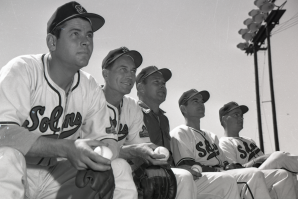
The Back Story: That Other Time We Had a Local Baseball Team
The Sacramento Solons still evoke fond (and funny) memories
As a team, the Solons had more stops and starts in the area than light rail at rush hour. There were iterations of the club in 1903 and 1905, from 1909 to 1914, from 1918 to 1960, and finally, from 1974 to 1976.
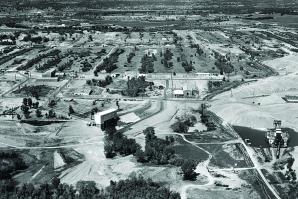
The Back Story: The Rocket Company that Roared
Aerojet was once a major player in the region — until it wasn’t
If you’re ever on Jeopardy and you’re asked to name an American company that not only helped the country and its allies win a war (the Big One) and, a bit more than two decades later, helped send it to the moon — before getting mired in a sludge of litigation — remember one of this region’s more complicated and often controversial sagas: Aerojet.
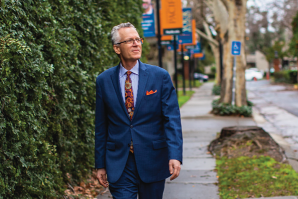
The Back Story: McGeorge School of Law
The truth and folklore behind Sacramento’s biggest law school
Prof. Michael Hunter Schwartz recounts stories about some big names that passed through McGeorge School of Law.




